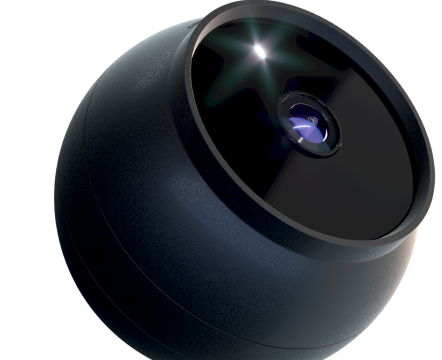The electronic on-board recorder (EOBR) is an electronic device that is installed in commercial trucks to track the hours of service (HOS) of drivers. This technology has been widely adopted by the trucking industry due to the Federal Motor Carrier Safety Administration’s (FMCSA) mandate for commercial drivers to use an electronic logging device (ELD) to maintain accurate records of their driving status.
The EOBR is a digital system that automatically records the vehicle’s speed, distance traveled, and engine hours. It also tracks the driver’s HOS, including their driving time, on-duty time, and off-duty time. This information is transmitted in real-time to the trucking company’s fleet management system, enabling them to monitor the driver’s compliance with HOS regulations.
The EOBR is an effective tool for improving compliance with HOS regulations and reducing the risk of fatigue-related accidents. It also helps to streamline the reporting process by eliminating the need for paper logs and reducing the potential for errors or falsification of records.
Frequently Asked Questions
What does EOBR stand for?
EOBR stands for electronic on-board recorder. It is a device that tracks a commercial driver’s hours of service electronically. The purpose of the EOBR is to accurately record the driver’s driving time and ensure compliance with federal regulations. The device is also capable of monitoring vehicle speed, location, and other data relevant to fleet management.
What does on-board recording mean?
On-board recording refers to the process of electronically capturing and storing data related to a commercial vehicle’s operation and driver activities. It typically involves the use of onboard technology, such as electronic logging devices (ELDs) or automatic onboard recording devices (AOBRDs), to record and store information such as the vehicle’s movements, engine hours, miles driven, and driver’s hours of service. This data is used for various purposes, including compliance with regulatory requirements and monitoring of fleet performance.
How does an electronic log book work?
An electronic logbook is a record-keeping system used to track a vehicle’s maintenance and usage. It works by collecting data from the vehicle’s onboard computer, such as mileage and service alerts, and storing it in a database. The information can then be accessed and analyzed by the owner or service provider to ensure the vehicle is properly maintained and identify any potential issues.
What is trip recorder in a truck?
A trip recorder, also known as an electronic logging device (ELD), is a device installed in a truck to record the driver’s hours of service electronically. It replaces traditional paper logs and helps ensure that drivers are not driving more than the maximum allowable hours. The device records data such as the date, time, location, and engine hours, and can be easily accessed for inspection by authorities.



